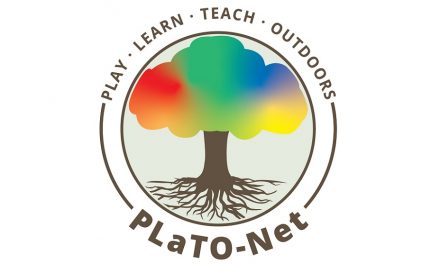HALO Director Dr. Mark Tremblay is one of the authors on a paper, “Validity of the Stage of Exercise Scale in Children with Rheumatologic Conditions,” that was recently published in The Journal of Rheumatology. Citation details and a summary of the paper are below.
Stephens SL, Tremblay MS, Faulkner G, Beyene J, Nguyen TH, Koohsari S, Limenis E, Feldman BM. Validity of the Stage of Exercise Scale in Children with Rheumatologic Conditions. J Rheumatol. 2016 Dec;43(12):2189-2198.





